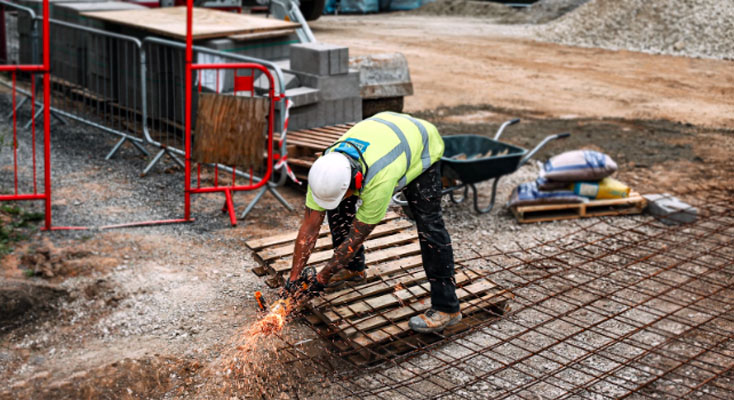The construction industry’s dangerous relationship with asbestos continues to impact retired builders throughout Arizona’s Gila Valley, decades after their last day on the job. These dedicated tradespeople, who helped shape communities across the region, now face serious health consequences from occupational exposure that occurred long before proper safety regulations were in place.
A Lingering Threat from Decades Past
Asbestos Use in Arizona’s Construction History
Throughout Arizona’s development, asbestos became a standard building material due to its fire-resistant and insulating properties. Construction workers routinely handled asbestos-containing materials, including insulation systems, roofing shingles, vinyl flooring, and joint compounds, without understanding the deadly risks involved.
The peak exposure period occurred between the 1950s and 1980s, when residential subdivisions and commercial developments flourished across Arizona. During these decades, builders unknowingly installed countless asbestos products, creating clouds of microscopic fibers that workers inhaled daily.
The Gila Valley’s Building Boom and Occupational Risk
The Gila Valley experienced significant growth during this high-risk period, with towns like Safford, Thatcher, and surrounding communities expanding rapidly. Local construction crews work on everything from schools and hospitals to residential neighborhoods, all while protective regulations remain virtually nonexistent.
Without proper protective equipment or hazard awareness training, these hard-working professionals faced continuous exposure throughout their careers. The region’s dry climate often exacerbated the problem, as disturbed asbestos fibers remained airborne for more extended periods in desert conditions.
How Exposure Continues to Affect Retired Builders
The nature of asbestos-related diseases means symptoms typically don’t appear for 20 to 50 years after initial exposure. This extended latency period explains why many Gila Valley retirees are only now receiving devastating diagnoses of mesothelioma, lung cancer, and asbestosis, making the asbestos claim timeline an extended process.
Early symptoms often mirror common aging concerns, such as shortness of breath, persistent cough, or chest pain, leading to a delayed diagnosis. Unfortunately, by the time these diseases become apparent, treatment options may be limited, making early detection crucial for individuals affected by them.
Gila Valley’s Workforce Faced a Hidden Danger
Retired builders throughout the region faced similar experiences, including working with insulation, removing old materials, and renovating structures, without understanding the health implications. Many describe cutting through asbestos tiles, handling pipe insulation, or working in poorly ventilated crawl spaces where dangerous fibers accumulate.
The emotional and financial burden extends beyond the diagnosed worker to entire families. Spouses and children may have also been exposed through contaminated work clothes, creating additional health concerns and mounting medical expenses.
The Importance of Education and Early Detection
Retired construction workers who suspect past exposure to asbestos should seek specialized medical screening immediately. Early detection significantly improves treatment outcomes and may qualify individuals for participation in clinical trials or access to innovative therapies.
Current construction professionals must understand and adhere to proper safety protocols when working with older buildings. Modern regulations require the use of extensive protective equipment, proper disposal procedures, and hazard recognition training to prevent future exposure incidents.
Protecting a Workforce in the Face of Danger
The legacy of asbestos exposure in the Gila Valley serves as both a sobering reminder of industrial hazards and a call to action for protecting future generations. Through increased awareness, proper medical screening, and community support, the region can honor its retired builders while preventing similar tragedies from occurring again.








